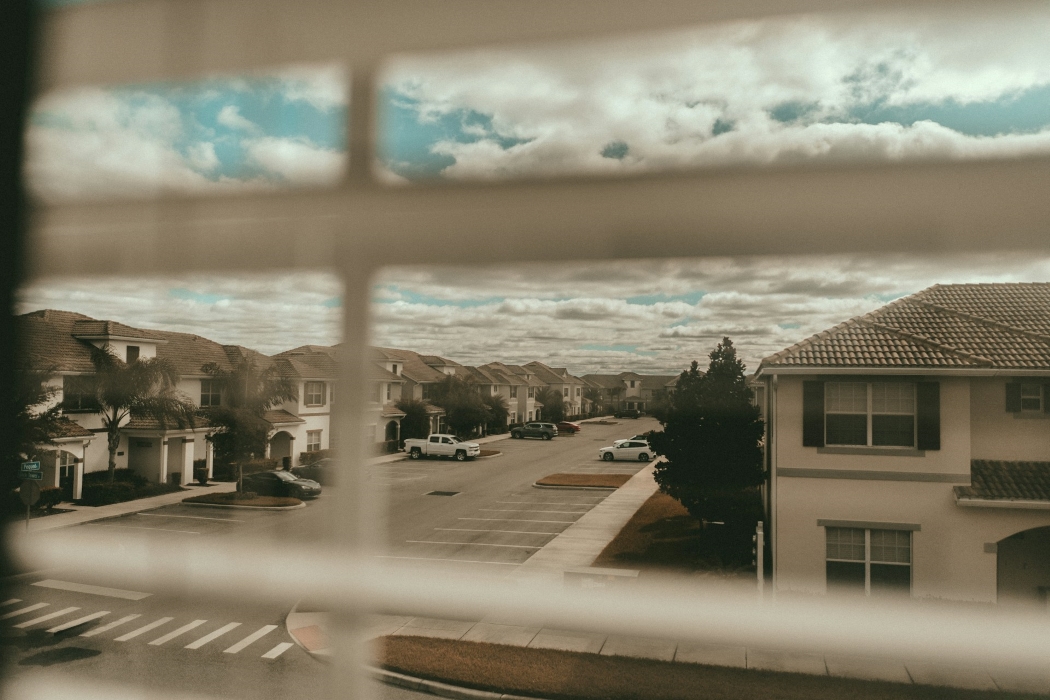Agoraphobia is an anxiety disorder characterized by profound fear of environments perceived as difficult to escape or where assistance might be unavailable. This condition extends beyond simple fear of open spaces to encompass crowded venues, public transportation, and situations where immediate exit seems challenging.
Affecting numerous individuals from every walk of life, agoraphobia typically develops as a complex response to panic attacks or intense anxiety. Those affected anticipate terrifying scenarios where they might experience incapacitating symptoms with no means of escape or support. This apprehension frequently leads to progressive avoidance behaviors that can severely restrict mobility and independence.
The core feature involves marked fear or anxiety about multiple situations including using public transportation, being in open areas, enclosed spaces, standing in line, or being in crowds. These concerns persist for six months or more and typically stem from thoughts about what might occur if panic-like symptoms develop, rather than the environments themselves..
Recognizing Agoraphobia Patterns
Individuals with agoraphobia experience intense distress in triggering environments, often accompanied by physical symptoms resembling panic attacks. These include dizziness, rapid heartbeat, gastrointestinal discomfort, and trembling. Cognitive aspects feature catastrophic thinking about potential humiliation or inability to receive assistance if symptoms escalate.
Agoraphobia creates invisible boundaries - self-imposed limits that shrink one's world to perceived 'safe zones' where escape feels guaranteed and help appears accessible.
Clinical Psychologist
Beyond acute anxiety, agoraphobia reshapes daily existence through extensive avoidance strategies. Many develop "safety behaviors" like requiring companions for outings, carrying medications constantly, or only visiting familiar locations. In severe cases, individuals become housebound, with their world progressively constricting to avoid perceived threats.
Pathways to Management and Recovery
Cognitive Behavioral Therapy (CBT) forms the cornerstone of treatment, helping individuals challenge catastrophic predictions about feared situations. Exposure therapy utilizes gradual, systematic approaches to expand comfort zones, often beginning with imagined scenarios before progressing to real-world practice.
Medications such as selective serotonin reuptake inhibitors (SSRIs) may help regulate underlying anxiety, while short-acting anti-anxiety medications sometimes assist during initial exposure exercises. Treatment plans should address both agoraphobia symptoms and any co-occurring panic disorder through integrated approaches.
Self-directed strategies significantly support recovery. Establishing achievable exposure goals, practicing anxiety-tolerance techniques, developing personalized coping plans, and maintaining activity schedules help rebuild confidence. Mobile applications offering guided exposure exercises provide valuable supplementary tools.
- Collaborate with mental health professionals.
- Implement interoceptive exposure for physical sensations
- Develop situational exposure hierarchies
- Address co-occurring panic symptoms
- Create personalized "bravery experiments"
- Practice grounding techniques during outings
- Build a graduated expansion of safe zones
- Develop crisis response plans
Improvement in agoraphobia involves reclaiming personal territory - both physically and psychologically. While challenging, progress often occurs through incremental victories that gradually expand life's boundaries. With consistent effort and appropriate support, many individuals significantly reduce avoidance behaviors and restore functional independence.
